Small trees have become a necessity over the past 30 years. And we’re not talking about a young red oak that will eventually reach more than 25 meters (80 feet) at maturity. We’re talking about trees that won’t exceed seven meters (20 feet) in height, even when fully grown.
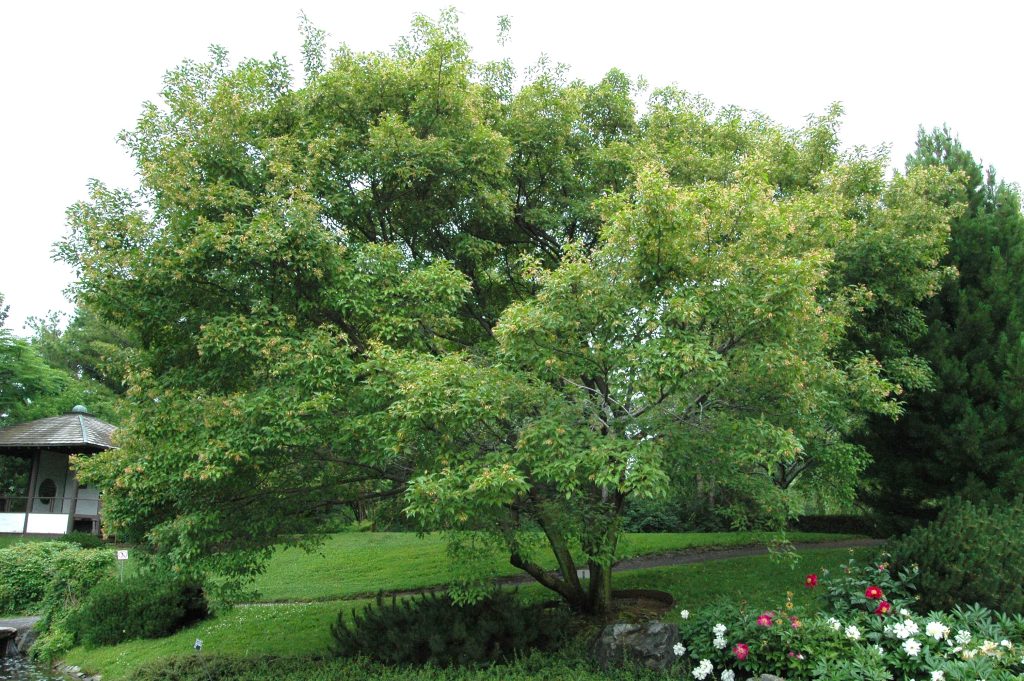
Their increasing usefulness has developed alongside the rise of townhouses with tiny lots and increasingly limited spaces. Add to that the constraints of utility poles and overhead wires. In most new developments, planting large trees is simply impossible. Yet, the presence of trees remains essential to maintaining a balanced and beautiful landscape. Moreover, some municipalities—recognizing the importance of greening as a means of combating climate change—now require the planting of trees along building facades.
Small Tree or Large Shrub?
The definition of what constitutes a tree is not set in stone. Generally speaking, a tree is understood to have a single trunk from which branches develop. In contrast, a shrub produces several stems from the ground, with new shoots often emerging from the base. But the definition of a tree cannot be that simple. Indeed, some small trees develop multiple trunks, such as the Amur maple (Acer tataricum) or certain serviceberries (Amelanchier spp.). Others are essentially large shrubs whose bases become exposed over time—this is often the case with common lilacs (Syringa vulgaris). Finally, nurseries offer a wide range of shrubs grafted onto a single stem that fit the definition of small trees. The most famous example is the “PG” hydrangea. Thus, we can say that any plant with an exposed trunk and a height of less than seven meters (20 feet) can be considered a small tree.
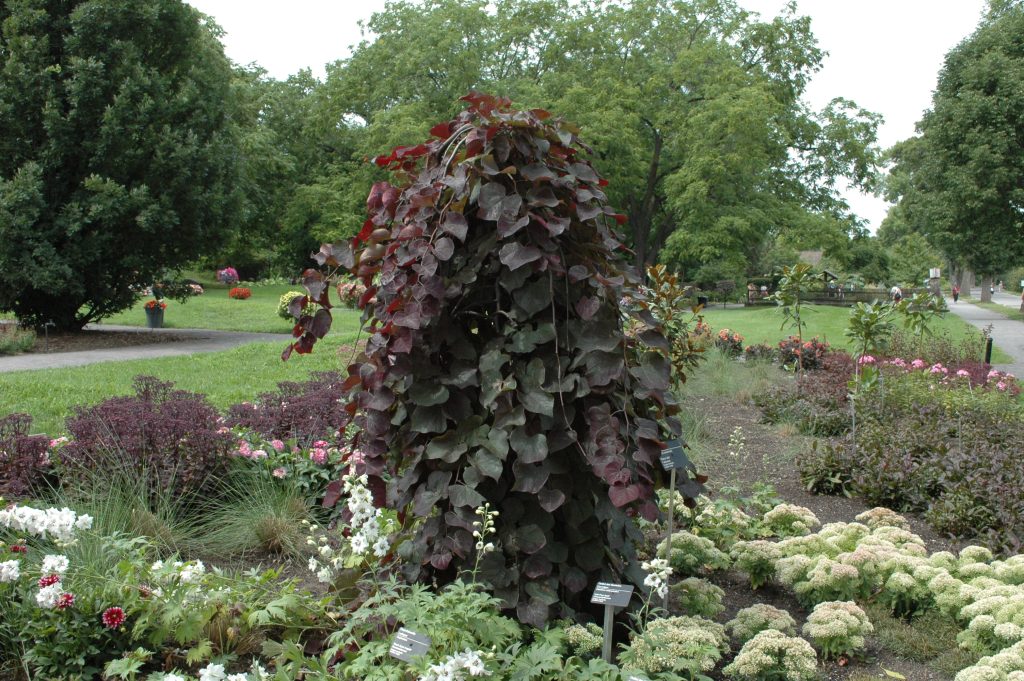
Small, but Essential
Trees, whether large or small, have always been essential to the success of a garden design. They form the framework, create a link between earth and sky, and are the first elements to be placed in the landscape. Moving a poorly positioned perennial or shrub is a minor issue. But moving a tree… that’s another story.
The reality of ever-shrinking gardens has reduced the appeal of large trees. They cast too much shade, their shallow roots make planting nearby difficult, and of course, they simply take up too much space in areas where space is already limited.
Yet a garden still needs structure and height. That’s where small trees prove particularly valuable.
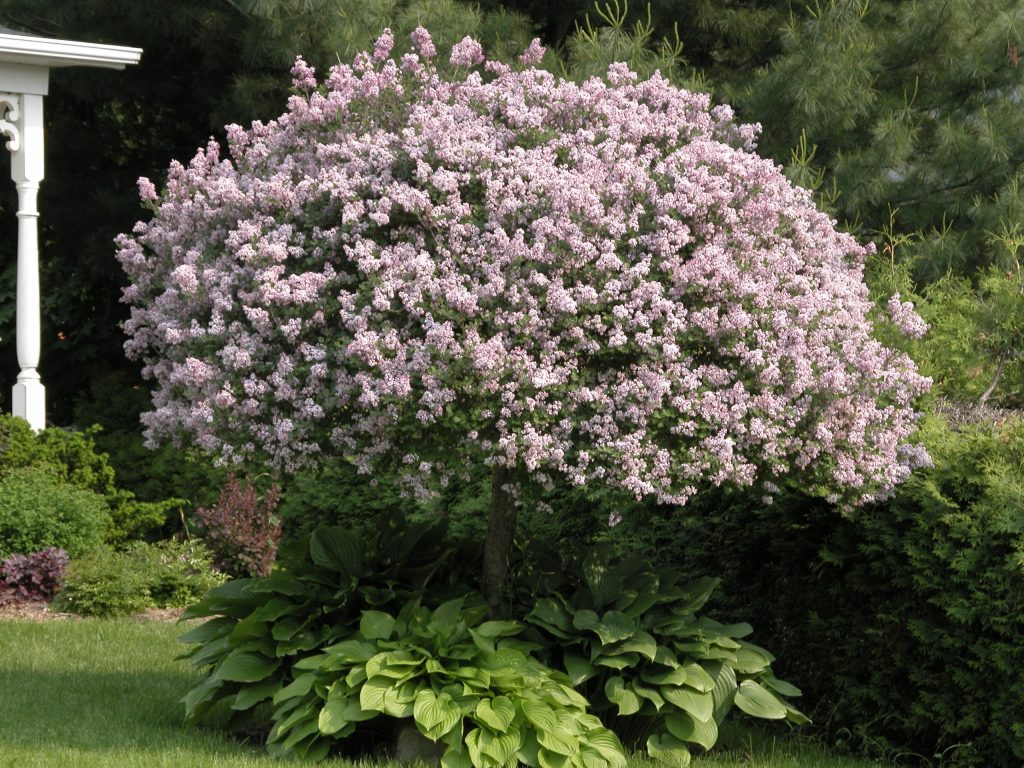
In Larger Spaces Too
Small trees should not be limited to small gardens. They also have great potential in larger landscapes. They are particularly useful for creating height effects alongside bigger trees or for providing a graceful transition between wooded areas and sunny flowerbeds. They also complement windbreaks beautifully when planted in front of conifers, whose bases tend to become bare over time.
Small trees can serve as a backdrop, adding height and emphasizing shrubs with contrasting textures and colors. They can also be placed at the center of a large flowerbed or used to mark the edge of a house.
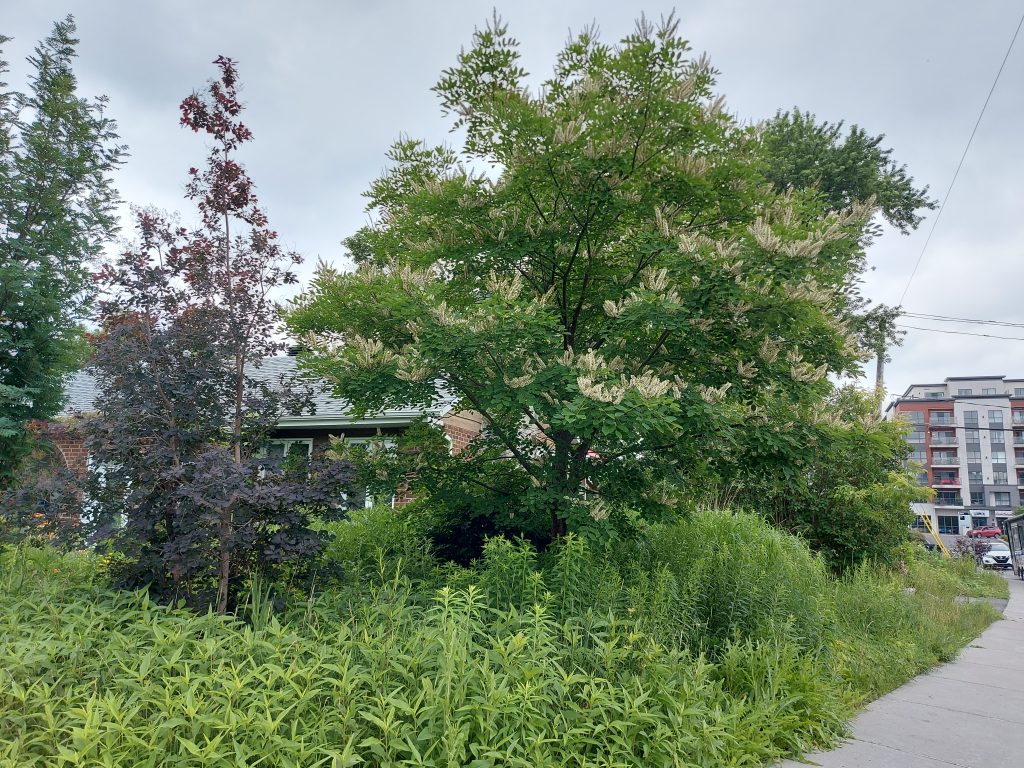
Small Trees, Big Missions
What makes small trees so appealing is their ability to become natural focal points in the garden. They are perfect for accentuating certain areas and drawing the eye. You can even enhance their presence by planting a low ground cover at their base. Moreover, the exposed trunks of small trees allow for interesting plantings beneath them.
In small gardens, the fact that you can see through the tree—thanks to its bare base—creates the illusion of greater depth and space. At the same time, the foliage still conceals part of what lies beyond, maintaining an element of mystery and surprise.
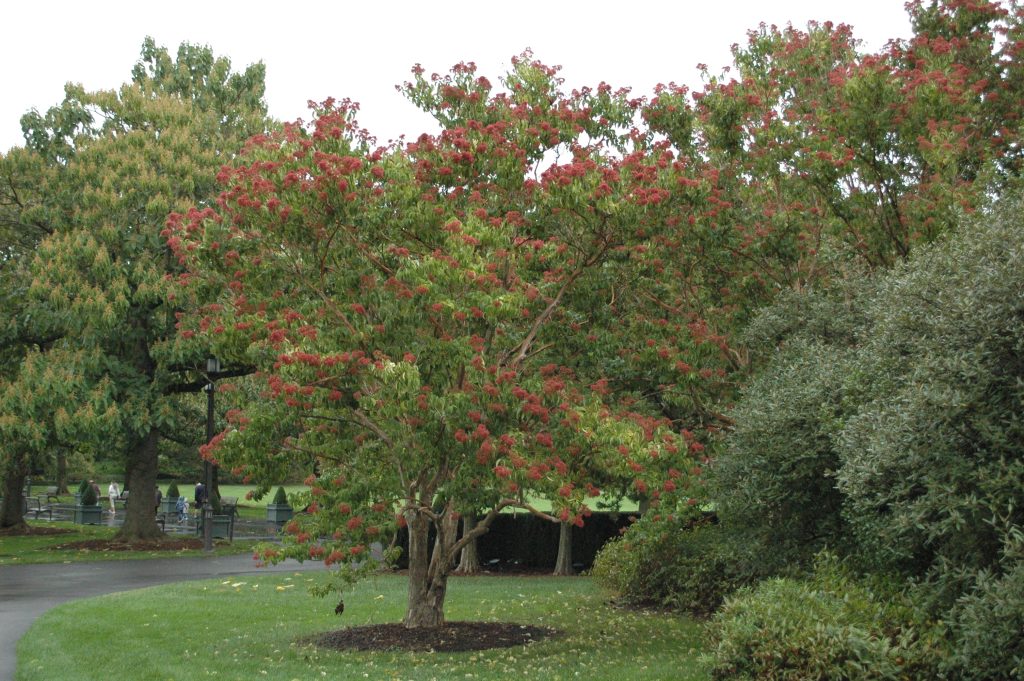
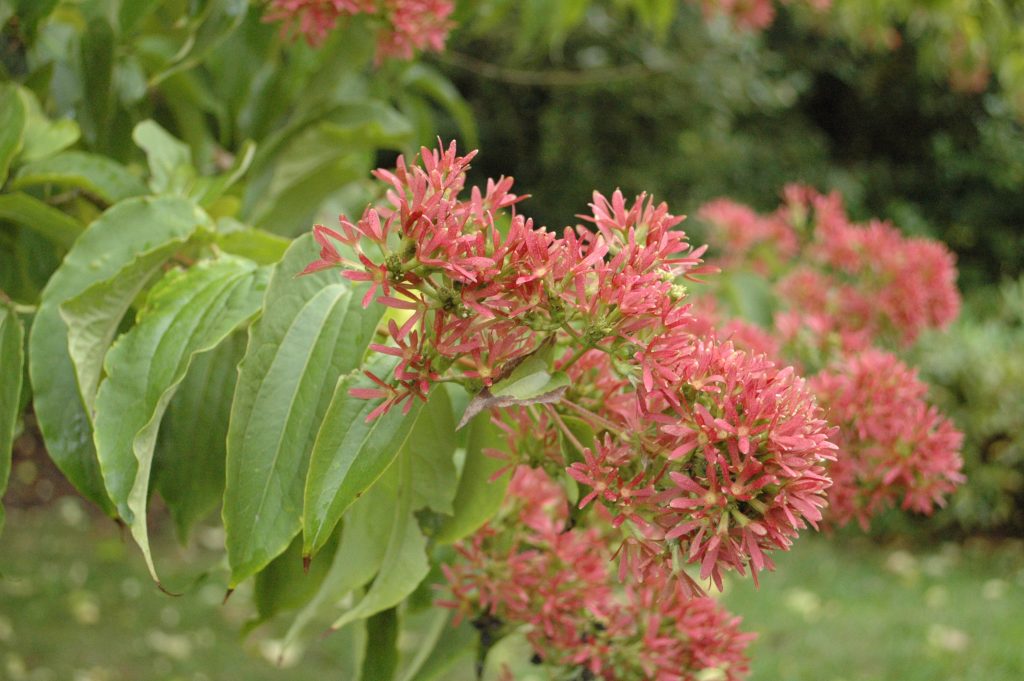
Some Precautions Upon Purchase
Since these trees are likely to become showpiece plants, it’s important to choose specimens with a well-balanced branch structure. You’ll also want to look for an original, appealing form. Of course, avoid any plant that lacks vigor or shows signs of disease.
In addition to overall appearance, make sure the tree is hardy enough for your region. It’s equally important to select a species suited to the soil and light conditions of your site.
If the tree is a grafted shrub, check that the grafts are of good quality and well healed. Even when the plant is young, a balanced arrangement of branches around the trunk is a good indication that it will develop gracefully over time.
Some Planting Tips
To some extent, planting a small tree is just as symbolic as planting a large one. The tree is there to stay and grow old. Its splendor may be less grand than that of a mighty oak, but a small tree can exude a special kind of charm when it reaches full maturity—at a height of around seven meters!
That’s why it’s so important to consider the tree’s mature size when choosing its location. Even if these are small trees, don’t rely on their size at the time of purchase. They will continue to grow in both height and width.
In short: even if space is limited, plant trees! Even if electrical wires crisscross the property, plant trees. Even if raking leaves in the fall feels like a chore—plant trees.
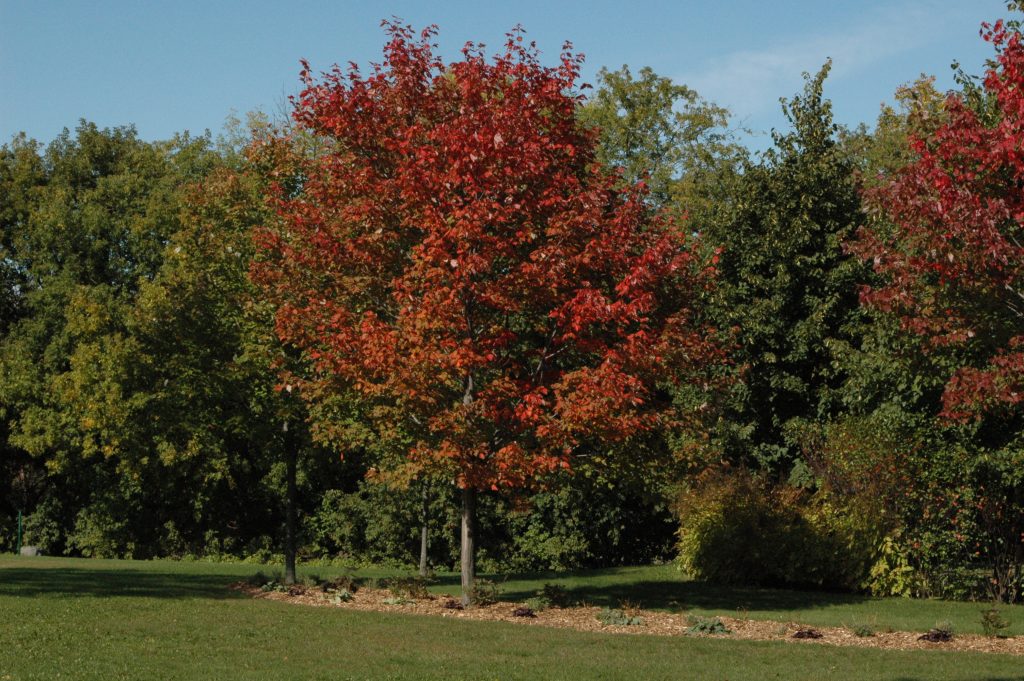
0 comments on “The King of the Forest Standing… Small”